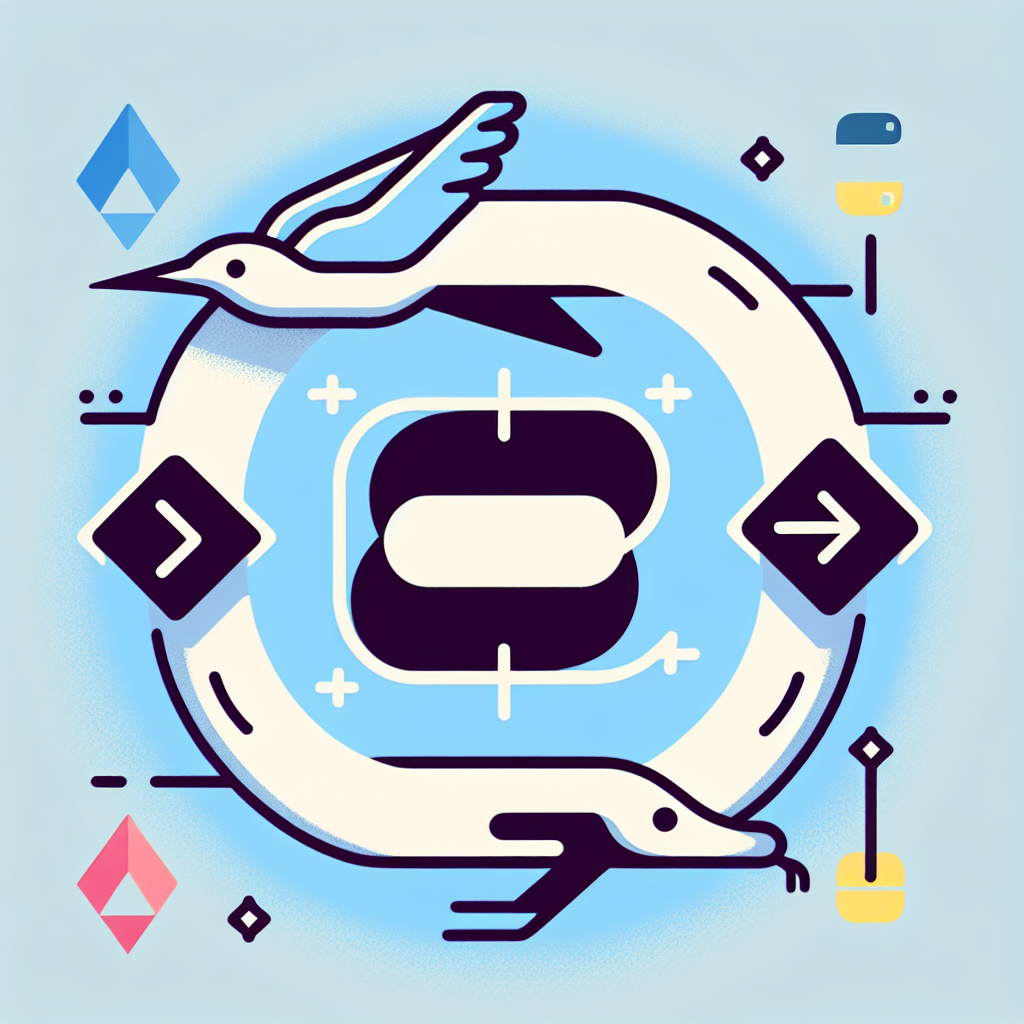Convert Swift to Python Easily | Fast Code Translator
Effortlessly convert Swift code to Python with our powerful tool. Boost productivity and streamline your development process. Try Swift to Python now!
Source Code
Converted Code
Output will appear here...
Swift to Python Converter is a powerful tool designed to seamlessly transform Swift code into Python, enhancing cross-platform compatibility and development efficiency. Perfect for developers aiming to leverage Pythons vast libraries while maintaining existing Swift functionalities, this converter boosts productivity and reduces manual coding errors. Ideal for mobile app developers and software engineers, the tool ensures smooth transitions between programming languages, facilitating faster project execution.

Swift to Python Conversion Tool Link to this section #
Swift and Python are popular programming languages, each with unique strengths. The Swift to Python conversion tool allows developers to seamlessly translate Swift code into Python, enhancing cross-platform compatibility and enabling code reuse across projects.
Key Features Link to this section #
- Automatic Syntax Translation: Convert Swift syntax to Python effortlessly, maintaining the core logic and functionality of your code.
- Data Type Mapping: Swift's data types like
Int,Double, andStringare intelligently mapped to Python types such asint,float, andstr. - Function Conversion: Swift functions are transformed into Python functions, preserving parameters and return types.
Benefits Link to this section #
- Cross-Platform Development: Use Swift and Python's strengths by leveraging existing Swift codebases for Python projects.
- Time Efficiency: Save development time with automated code translation, reducing manual conversion errors.
- Learning Resource: Understand language differences and best practices by comparing Swift and Python code side-by-side.
Example Conversion Link to this section #
Swift Code:
func greet(name: String) -> String {
return "Hello, \(name)!"
}
Python Converted Code:
def greet(name: str) -> str:
return f"Hello, {name}!"
Additional Considerations Link to this section #
- Library Support: The conversion tool focuses on syntax and core language features. External library compatibility might require manual adjustments.
- Community and Documentation: Stay updated with community forums and official documentation for Swift and Python best practices. For more, visit Swift's official documentation and Python's official documentation.
Conclusion Link to this section #
The Swift to Python conversion tool is an essential asset for developers aiming to bridge the gap between these two languages, fostering an environment of innovation and efficiency. With its robust features, it simplifies the process of adapting Swift applications to Python, empowering developers to expand their project capabilities.
Frequently Asked Questions
What are the main differences between Swift and Python?
Swift is a statically typed language primarily used for iOS and macOS app development, known for its speed and safety features. Python, on the other hand, is a dynamically typed language widely used for web development, data analysis, artificial intelligence, and more, appreciated for its simplicity and readability.
Can I use Swift and Python together in a project?
Yes, it is possible to use Swift and Python together in a project. You can integrate Python scripts into Swift applications or use Swift code in Python projects with the help of tools and libraries such as PyObjC for macOS applications or by using system calls and APIs to interface between the two languages.
Is it easier to learn Swift if I already know Python?
If you already know Python, learning Swift can be easier because you are familiar with programming concepts. However, you will need to adapt to Swift’s syntax and its static typing system, which is different from Python's dynamic typing.